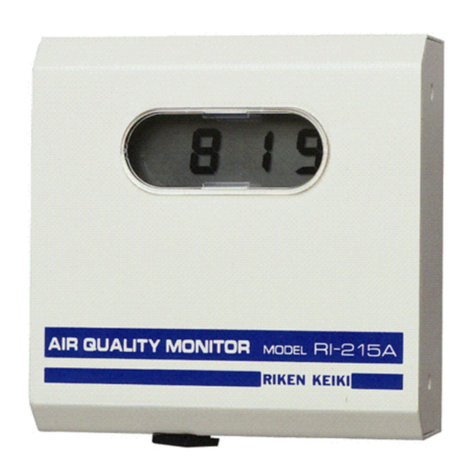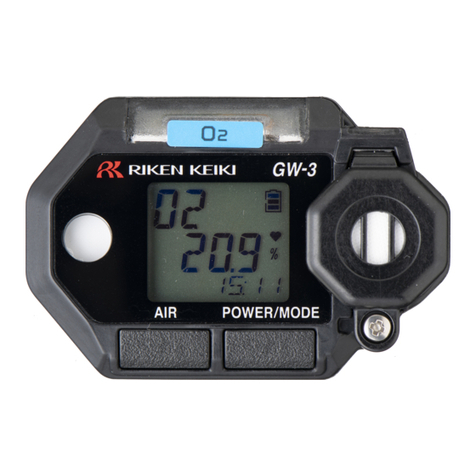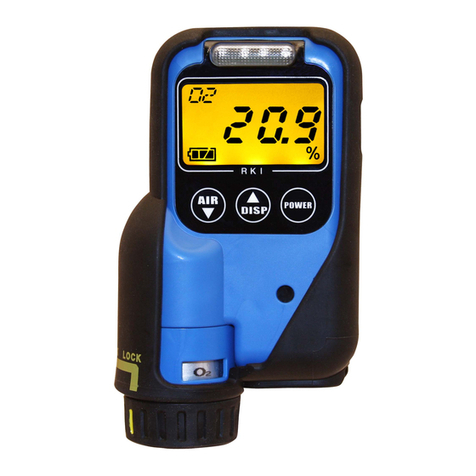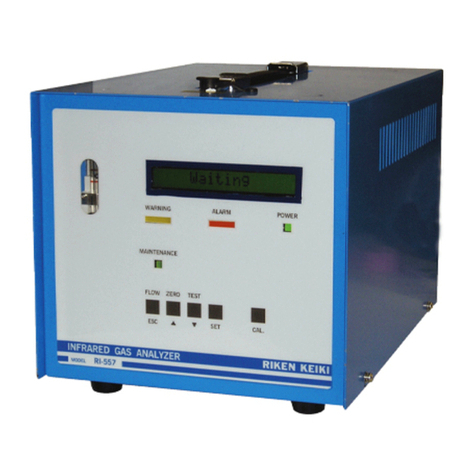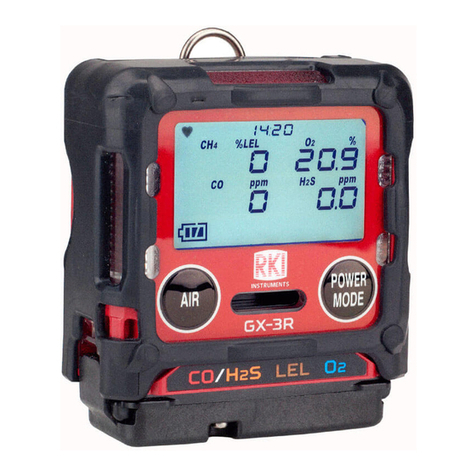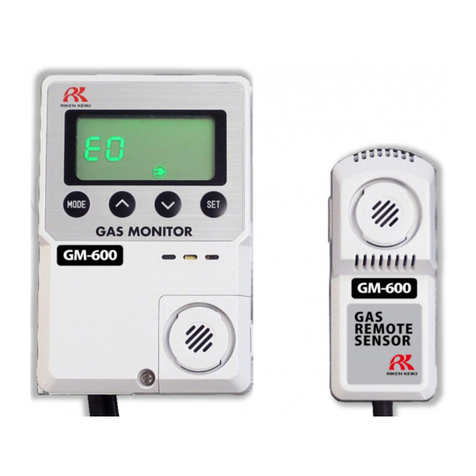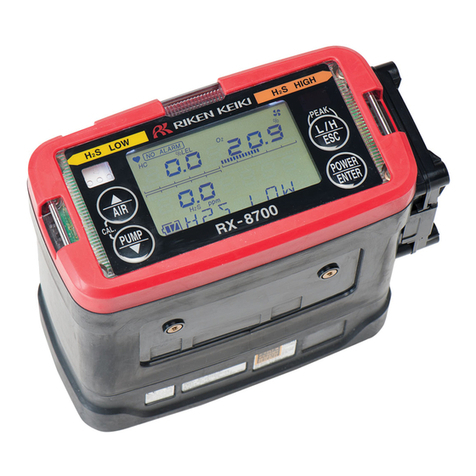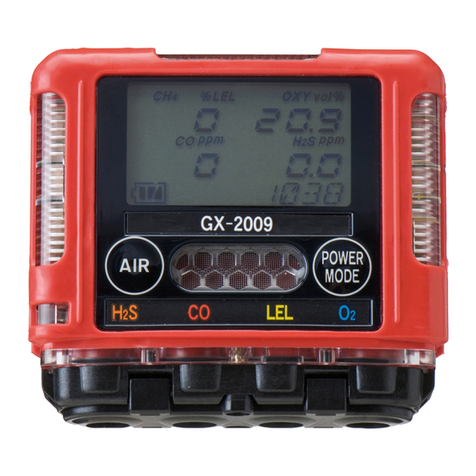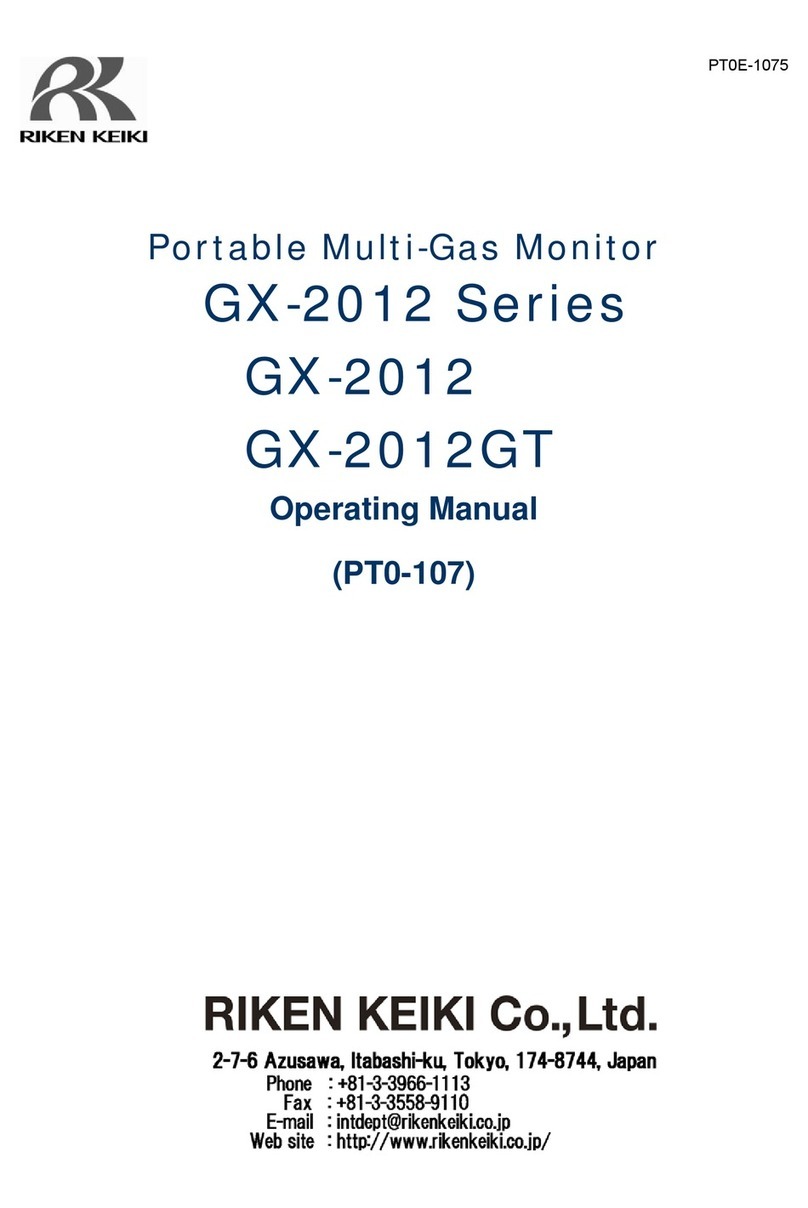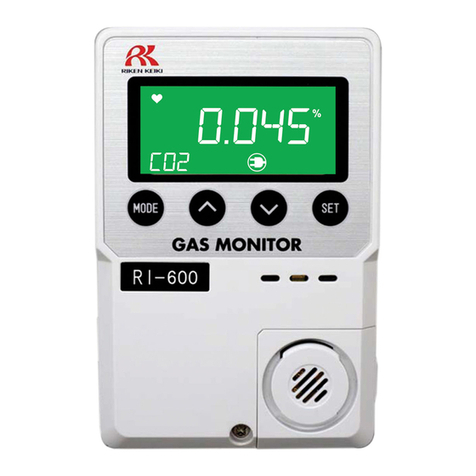
<Contents>
1 Outline of the Product.............................................................................................. 1
1-1. Preface .................................................................................................................... 1
1-2. Purpose of use ........................................................................................................ 1
1-3. Definition of DANGER, WARNING, CAUTION, and NOTE ..................................... 1
1-4. Method of confirmation for Standards and Explosion proof specification.................
2 Important Notices on Safety .................................................................................... 3
2-1. Danger cases .......................................................................................................... 3
2-2. Warning cases......................................................................................................... 3
2-3. Precautions ............................................................................................................. 4
2-4. Safety Information ................................................................................................... 4
3 Product Components............................................................................................... 6
3-1. Main unit and standard accessories ........................................................................ 6
3-2. Names and functions for each part.......................................................................... 7
3-3. Block diagram.......................................................................................................... 8
4 How to Use.............................................................................................................. 9
4-1. Before using the gas monitor................................................................................... 9
4-2. Precautions for installation points............................................................................ 9
4-3. Precautions for system designing............................................................................ 10
4-4. How to install ........................................................................................................... 13
4-5. How to wire.............................................................................................................. 14
5 How to Operate ....................................................................................................... 19
5-1. Preparation for start-up............................................................................................ 19
5-2. Basic operating procedures..................................................................................... 19
5-3. How to start the gas monitor.................................................................................... 20
5-4. Modes...................................................................................................................... 21
5-5. User mode............................................................................................................... 22
5-6. How to exit............................................................................................................... 24
6 Operations and Functions ....................................................................................... 25
6-1. Gas alarm activation................................................................................................ 25
6-2. Fault alarm activation .............................................................................................. 26
6-3. External output operation ........................................................................................ 27
6-4. Other functions ........................................................................................................ 28
7 Maintenance............................................................................................................ 29
7-1. Maintenance intervals and items ............................................................................. 29
7-2. Regular maintenance mode .................................................................................... 31
7-3. Gas calibration method............................................................................................ 38
7-4. Parts replacement ................................................................................................... 40
8 Storage, Relocation and Disposal ........................................................................... 41
8-1. Procedures to store the gas monitor or leave it for a long time............................. 41
8-2. Procedures to relocate the gas monitor or use it again ........................................... 41
8-3. Disposal of products................................................................................................ 41
9 Troubleshooting....................................................................................................... 42
10 Product Specifications ............................................................................................. 44
10-1. List of specifications ................................................................................................ 44
10-2. List of accessories................................................................................................... 47
10-3. Detection principle................................................................................................... 48
11 Definition of Terms................................................................................................... 49
2
